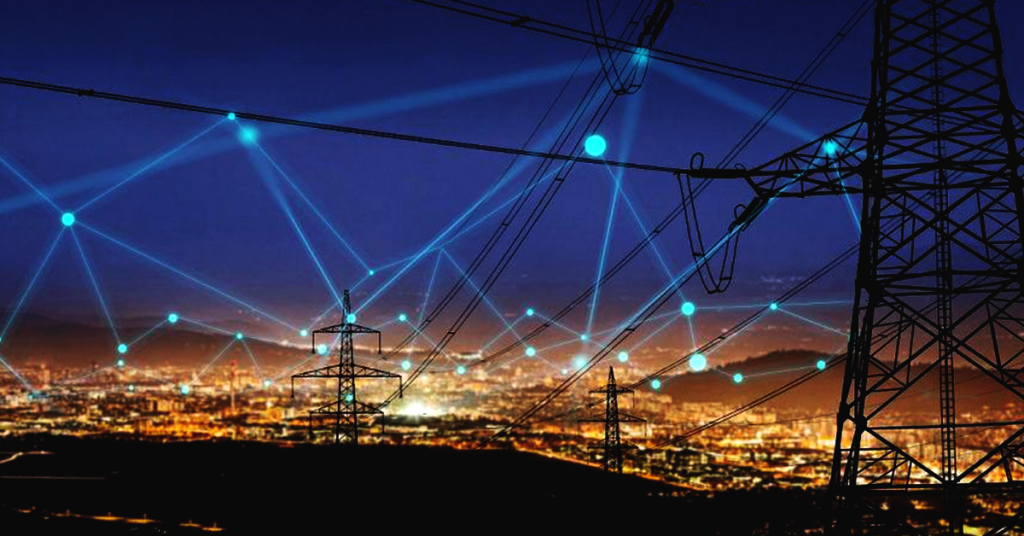Hidden costs associated with poor power factor can silently drain your resources, increase electricity bills and reduce operational efficiency. Many facilities unknowingly pay hefty penalties due to excessive reactive power consumption, leading to higher demand charges and unnecessary strain on electrical infrastructure.
Optimizing your power factor isn’t just about saving money—it enhances system reliability, reduces equipment wear, and improves energy efficiency. Investing in power factor correction solutions helps lower electricity costs, prevents equipment overheating, and ensures compliance with utility regulations.
🚨 Drawbacks of Poor Power Factor:
- 💸 Increased Electricity Costs – Utilities charge penalties for low power factor, significantly raising your power bills.
- ⚡ Inefficient Power Usage – Poor power factor leads to excessive power wastage, reducing overall efficiency.
- 🔥 Equipment Overheating & Damage – Excess reactive power overloads electrical systems, shortening equipment lifespan.
- 🚧 Voltage Fluctuations & Instability – Low power factor creates voltage drops, leading to unpredictable electrical performance.
- 🚀 Limited System Capacity – A poor power factor means your electrical system has to work harder, restricting its true potential.
✅ Advantages of Power Factor Correction:
- 💰 Lower Energy Bills – Optimizing power factor reduces demand charges and eliminates penalties.
- 🛠️ Improved Equipment Lifespan – Reduced strain on electrical components extends their durability and reliability.
- 🌱 Energy Efficiency & Sustainability – Using electricity more effectively leads to greener and more sustainable operations.
- ⚙️ Enhanced System Performance – A well-maintained power factor ensures stable voltage and reliable electrical infrastructure.
- 🚀 Increased Capacity – With a corrected power factor, your system can handle more load without requiring costly upgrades.
🔋 Don’t let poor power factor drain your resources! Investing in power factor correction will not only improve operational efficiency but also save you money in the long run. Take control today and maximize the performance of your electrical systems.
🔍 Main power quality issues:
📈 Voltage Fluctuations
The power fluctuations of distributed PV systems will directly affect the voltage at the access point. When there is sufficient sunlight, over-generation may cause voltage to exceed the limit; while insufficient sunlight or a sudden drop in power at night will cause voltage drops, which not only affects the power supply quality, but can also cause damage to sensitive equipment in severe cases.
👎 Power Factor Degradation
When the PV output is equal to or exceeds the local load demand, the system may encounter the following problems:
1️⃣Self-generation and self-use, without surplus power to the grid since there’s no active power from the grid side at this time, the grid side power factor cannot be calculated, so the traditional reactive compensation cabinet in the system is very likely to fail and cannot be put into compensation
2️⃣ In the surplus power reverse flow condition only four-quadrant reactive compensation controller can operate normally. Since the active current is in the reverse flow state at this time, the reactive compensation cabinet in the system may not operate normally.
🧩 Solutions:
✅ Addressing Voltage Fluctuation
Recommend CoEpower’s Active Voltage Conditioner (AVC). This device realizes dynamic voltage regulation through real-time monitoring and fast response mechanisms. Its redundant capacity has both harmonic control and reactive compensation functions to ensure the power quality for critical loads.
✅ Resolving Power Factor Issues:
Since the power consumption in the system is not constant, there will be fluctuations; the power generation of the distributed photovoltaic power generation system is also not constant; after the superposition of these two fluctuations, the active power provided by the power grid will show the characteristics of drastic changes and frequent fluctuations….
Traditional capacitor banks often fail to meet compensation demands due to:
⏱️ Slow response times 🚫 Limited adaptive capacity
Install Static Var Generators (SVGs): Effectively correct power factor by outputting the third quadrant reactive power, avoiding additional costs caused by non-compliance with the assessment.

Maharatna PSU Powergrid projects capex of over ₹3 lakh crore by 2032
Government-owned Maharatna Public Sector company, Power Grid Corporation of India Ltd (POWERGRID) said that the company’s estimated capex outlay will reach ₹3,06,600 crore by 2032. The capex outlay refers to the total amount of funds a company spends on projects or investments over a specific period. It also includes all expenses or expenditures related to operations, capital investments, or other financial commitments made by the company.
The energy PSU said that capex was ₹28,000 crore in Financial Year 2025-26, while the capex estimation is ₹35,000 crore for FY 2026-27 and ₹45,000 crore for FY 27-28.
The Maharatna PSU has achieved a 40.61 per cent reduction in Scope-1 emissions and a 5.23 per cent reduction in Scope-2 emissions. Scope 1 emissions represent the direct greenhouse gas (GHG) emissions generated from an organization’s owned or controlled sources. What to know more please follow the link…


